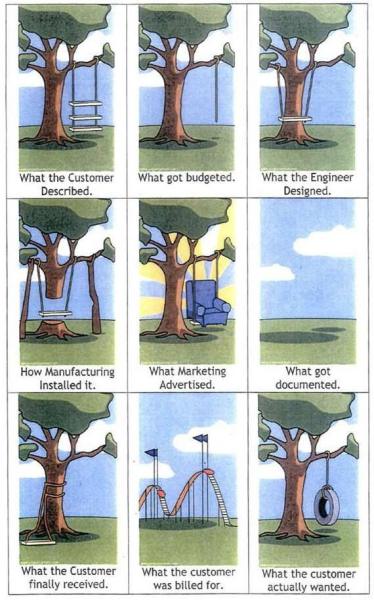When companies decide they are going to build they have different options. If you choose to use modular construction here are a few things you need to consider for a successful modular building project.
Step 1: Identify and understand your need.
- What size building do you need?
- What is your budget?
- Where are you going to put the building?
- When do you need the building?
- Who will use the building?
- Are there any special requirements for the building?
Step 2: Locate property with enough space to add a stand-alone structure.
- Adding to an existing structure is possible, but will take additional coordination.
- Ensure the modules can fit on the site.
Step 3: Engage with a Civil Engineering/Architectural Firm to develop a site plan.
- Provide the site plan to the manufacturer so they can see if there will be any difficulties with the site.
- Ask questions of the CE/Architect and of the manufacturer!
Step 4: Understand the full financial picture involved with completing the project.
- What is your budget?
- Are you being realistic about the amount of money you can spend for the space you need? Modular saves money, but it is not free!
- Understand the quality you require for your space
Step 5: Secure the financing.
- This should be #1 on the list – you have to have money to get a building!
- There are options for financing or leasing the building, but there are still some costs involved (like getting the building to your site)
Step 6: Discuss your space requirements with a Manufacturer of Modular Buildings.
- Are there certain rooms that must be next to or near each other?
- Will restroom facilities be single or multi-use?
- Do you need sinks in rooms (i.e. classrooms)
- If the building is multi-story – do you need an elevator?
- Do you need storage areas?
- Do you need an entry way or can people walk directly into a hallway or room?
- How high do you need the ceilings?
- Are there any special requirements in the building? (i.e. Does the CEO want a 500 square foot office? Or any rooms that need to stay at a specific temperature?)
- How will you access the building? Are decks, steps, and ramps acceptable or are you planning to set the building at grade?
Step 7: Coordinate conversations between your Manufacturer and your C.E/Architect
- Make sure everyone is on the same page
- Keep the conversations moving – do not get your project hung up in design – the manufacturer knows what they can and cannot build
Step 8: Finalize your order and get the building into production.
- Ensure you have enough time for the manufacturer to order materials especially if you have any long lead time material requests.
Step 9: Achieve simultaneous construction; meaning, have your site prepared while your building is constructed.
Step 10: Install building, tie-in utilities, and complete minor detail work.
- Understand who is responsible for which piece of the finish out – have a detailed list of responsibilities before delivery of the buildings.
Step 11: Turn on power, move in and high-five!!
You have just completed your first successful modular building project.
The point of the article is to help you embrace the process of a modular building project, not fear it. Your manufacturer is there every step of the way to help you work through the details to avoid unforeseen costs and unnecessary headaches.
